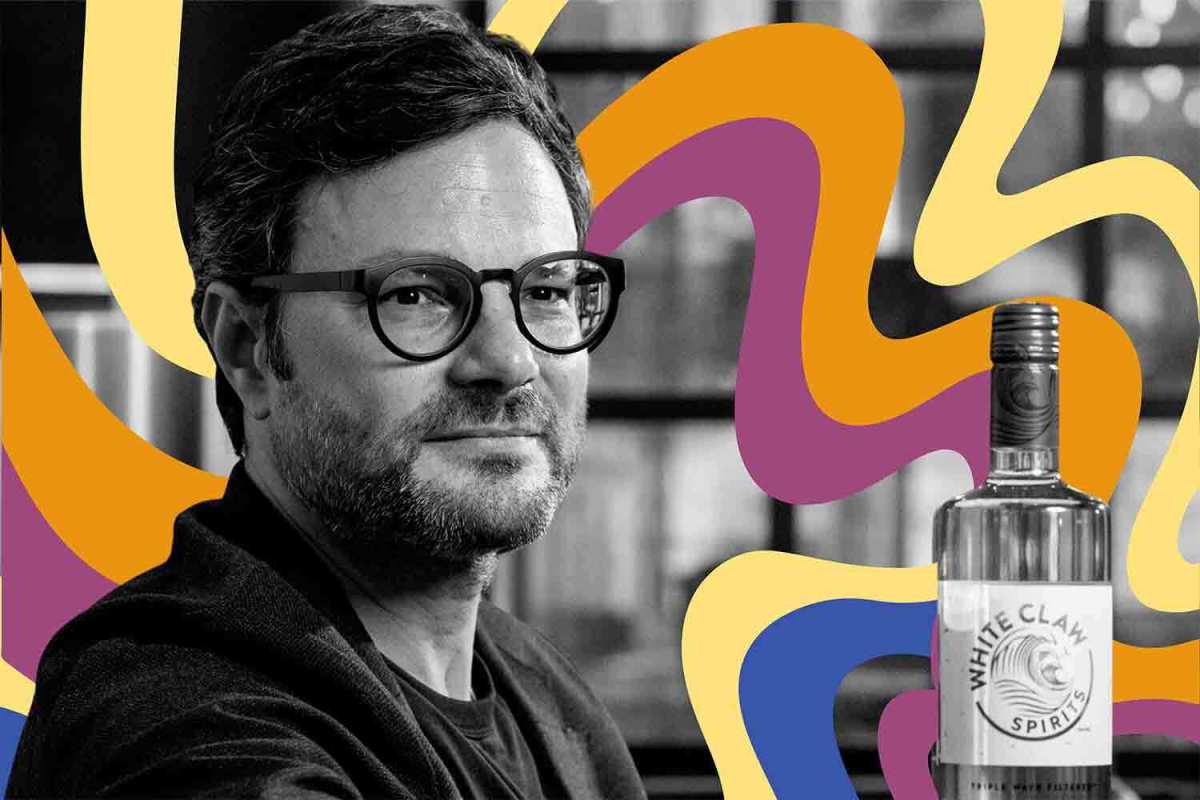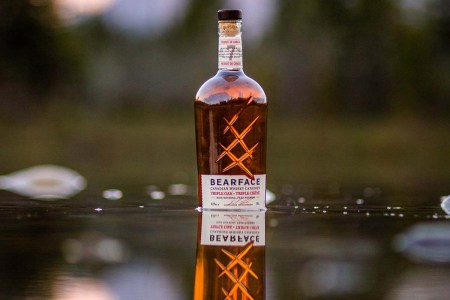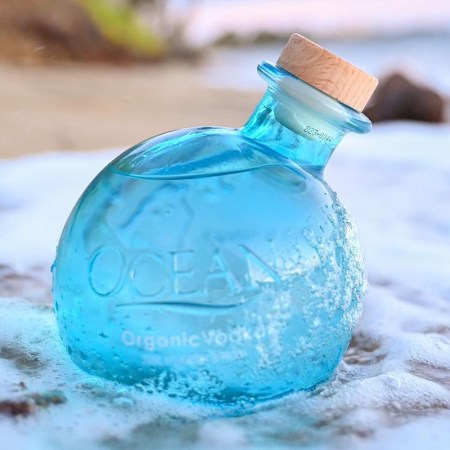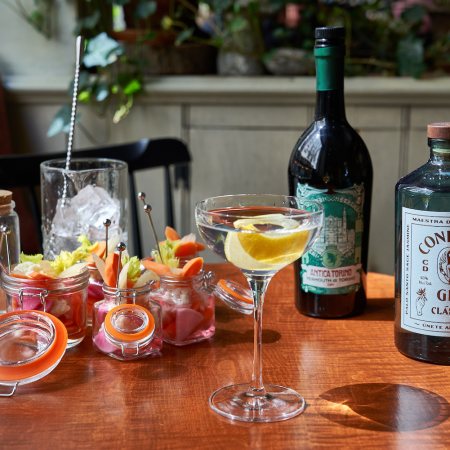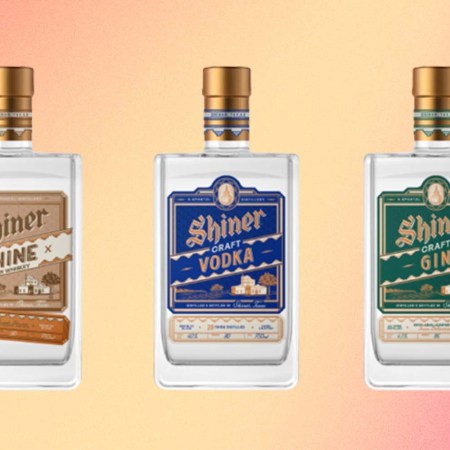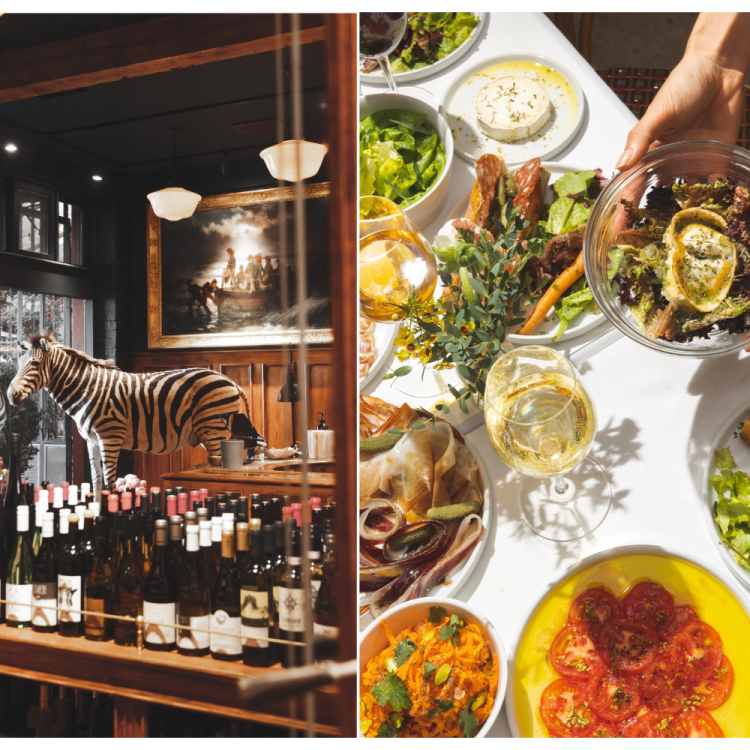Andres Faustinelli has a long history in the alcohol industry, including work at Diageo and across a wide range of boozy drinks (rum, mezcal, beer, wine, etc.). He came on our radar a few years ago for his blending work with Bearface, a Canadian whisky aged in hand-selected oak casks that are then matured in repurposed shipping containers and exposed to the elements in the Canadian wilderness.
“I’m trying to challenge the rules of how you make whisky and define it,” Faustinelli told us at the time.
But we weren’t expecting his next foray to be vodka (and that includes flavored vodka). But Faustinelli, who was born in Venezuela and grew up in Italy before moving to the U.S., is the man behind White Claw’s new Triple Wave Filtered Vodka, which uses tremendous pressure to create, as their press release notes, a “vodka with distinctive taste, aroma and smoothness.”
Review: Bearface Is a Whisky That Reimagines the Barrel Influence
This single-grain release goes through an intriguing maturation in American, French and Hungarian casks. Bonus: It’s only $30.White Claw Premium Vodka is made with 100% American grain and distilled five times in columns with copper plates. As for the Triple Wave Filtered part, that’s named for the use of immense pressure equal to three 30-foot waves used in the vodka-making process (it’s also filtered through activated carbon from charred coconut shells).
The result is, yes, smooth, but something with actual flavor (corn, citrus) and a creamy mouthfeel. White Claw’s like-minded new range of flavored vodkas (mango, black cherry, pineapple) offer a lower ABV but also feature a far less artificial note than other vodkas in the same category; they also pair, unsurprisingly, quite well with White Claw’s canned beverages.
Faustinelli has been consulting with White Claw since 2016, but his interest in creating a new type of vodka preceded that. He’s a busy guy: We caught up with him via Zoom during his brief stopover at home in San Francisco. In other weeks, he might be flying up to Canada for Bearface or even down to Colombia, where he’s been working on a new rum/coffee fusion. But today, he’s talking vodka.
InsideHook: What’s the origin of this style of vodka?
Andres Faustinelli: I was obsessed with the concept of removing the chemical burn in a vodka; that idea came when I was transitioning between Diageo and working with a winery. I started having this crazy obsession: What happens if I do something like a cristalino with vodka?
I still have the sample of that vodka. There was really no interest for anyone to do this. But then I developed Bearface and that helped me to connect with the owner of Mark Anthony Brands [owner of White Claw]. He’s invested in Bearface. And we discussed my idea.
What was the first batch like?
It was exactly 20 liters. We pressurized this vodka with oxygen, pure oxygen, in a very warm, very hot environment. And we did it outside the distillery because it’s super dangerous — you don’t want to deal with pure oxygen inside the distillery. We walked far away and waited for an hour. When we came back we had an epiphany in the sense of the smell; when we opened it, the smell was sweet corn. If you warm up a vodka, you usually don’t smell the mashbill. And I think what we achieved was … we oxidated the vodka by doing this. In some ways, this is exactly what happens when you age a spirit in the cask over the years. Because oxidation is amazing for spirits, though it’s really bad for wine and beer.
But it’s amazing for high-proof spirits. So the revelation was pressure actually works. It works in the sense of rounding and removing the chemical burn that comes naturally when you distill.
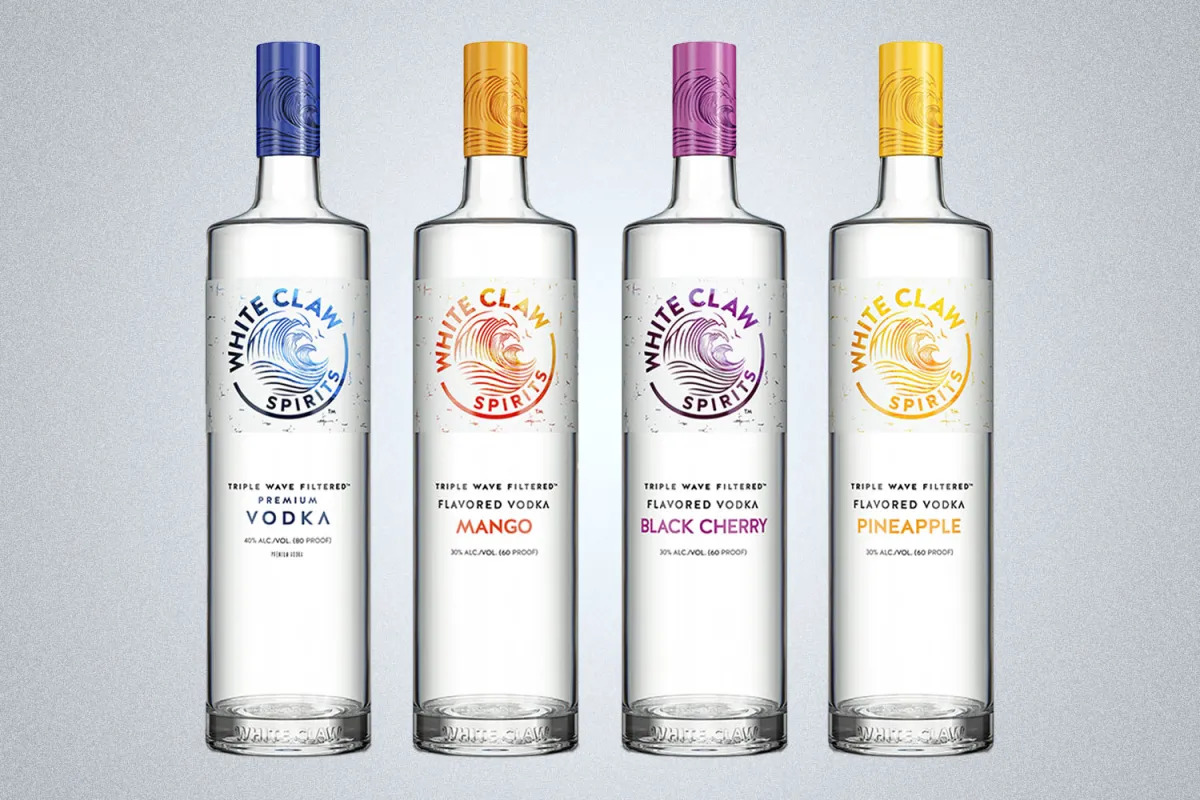
How did you scale this idea?
We started designing and engineering this, and now we have a system that is the size of a 40-foot container. And we pressurize the vodka. So it creates 120 psi [pounds per square inch] of pressure. That number is kind of crazy.
Fast forward a couple of months after we built this, I’m reading a surfing magazine, and they start speaking about the pressure of a wave. And I figured out we’re using three times the pressure of a 30-foot wave. So: Triple Wave Filtered.
How do you develop the flavors for the new flavored vodkas?
You want to keep the freshness of the flavor. This is the hardest part. The flavor is created in-house; there is actual fruit and there are actual harvests. But here’s the big difference: Flavor houses usually take the dry fruit and extract the oils, and they distill the oil to retain the compounds. We take both. We take the oil-soluble and the water-soluble and recombine them together at the end. It showcases the whole fruit experience.
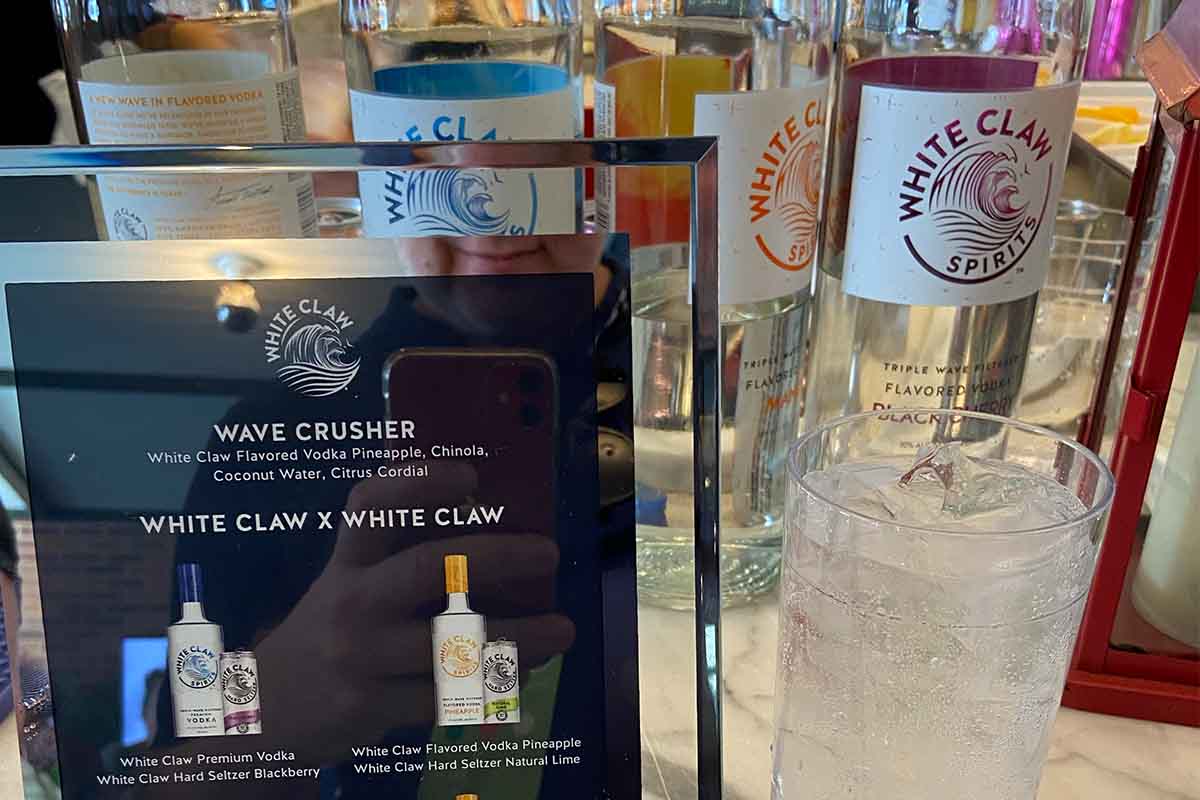
Did you know that people were going to combine the White Claw cans with the new flavored vodka? I tried that combination at Tales of the Cocktail.
That’s by design, basically. Consumers were already doing that. So let’s give them something that actually matches perfectly with White Claw. Let’s give you a better match for your Black Cherry White Claw. And that’s why the flavored vodas are proofed down [to 30% ABV].
What’s your favorite of the flavored vodkas?
I like the pineapple. I love it because there is so much you can play with; pineapple plays incredibly well in rum cocktails. You want to do a daiquiri and you want to have like something lighter and not so strong? You can use this pineapple vodka. Or pair it with coconut water, or with pineapple juice.
And also mango, because I grew up in Venezuela, so for me that’s the smell of what it was like growing up. It’s a tropical bomb and it’s amazing.
There’s an interesting citrus note on the non-flavored vodka.
That’s coming from the coconut shells. After the distillation, I put the liquid through coconut shell activated carbon instead of using regular activated carbon. The coconut shells actually change the PH.
When I designed the vodka itself profile, like from a taste profile, I wanted something in between Grey Goose but with the body and weight of Tito’s.
The middle body and the creaminess come from the filtration. That is really giving weight. Because when you remove the alcohol burn, you give much more weight to the spirit. You have this viscosity. And you can taste a little bit of that sweet corn note.
Where do you think this sense of innovation comes from?
From the fact that I’ve been working in very different places. And ideas from one place can be moved into another place. For example, adding air aeration is really something that I saw a lot in tequila. So I was combining that. Then in a moment that was distilling mezcal, I threw some oak chips in a still in a pechuga. And suddenly I got this incredibly rounder mezcal that was much more like less pungent.
I think innovation is…I always say, ask the wrong people the right questions, right? The only way to innovate is to step out completely from the regular story.
Join America's Fastest Growing Spirits Newsletter THE SPILL. Unlock all the reviews, recipes and revelry — and get 15% off award-winning La Tierra de Acre Mezcal.
